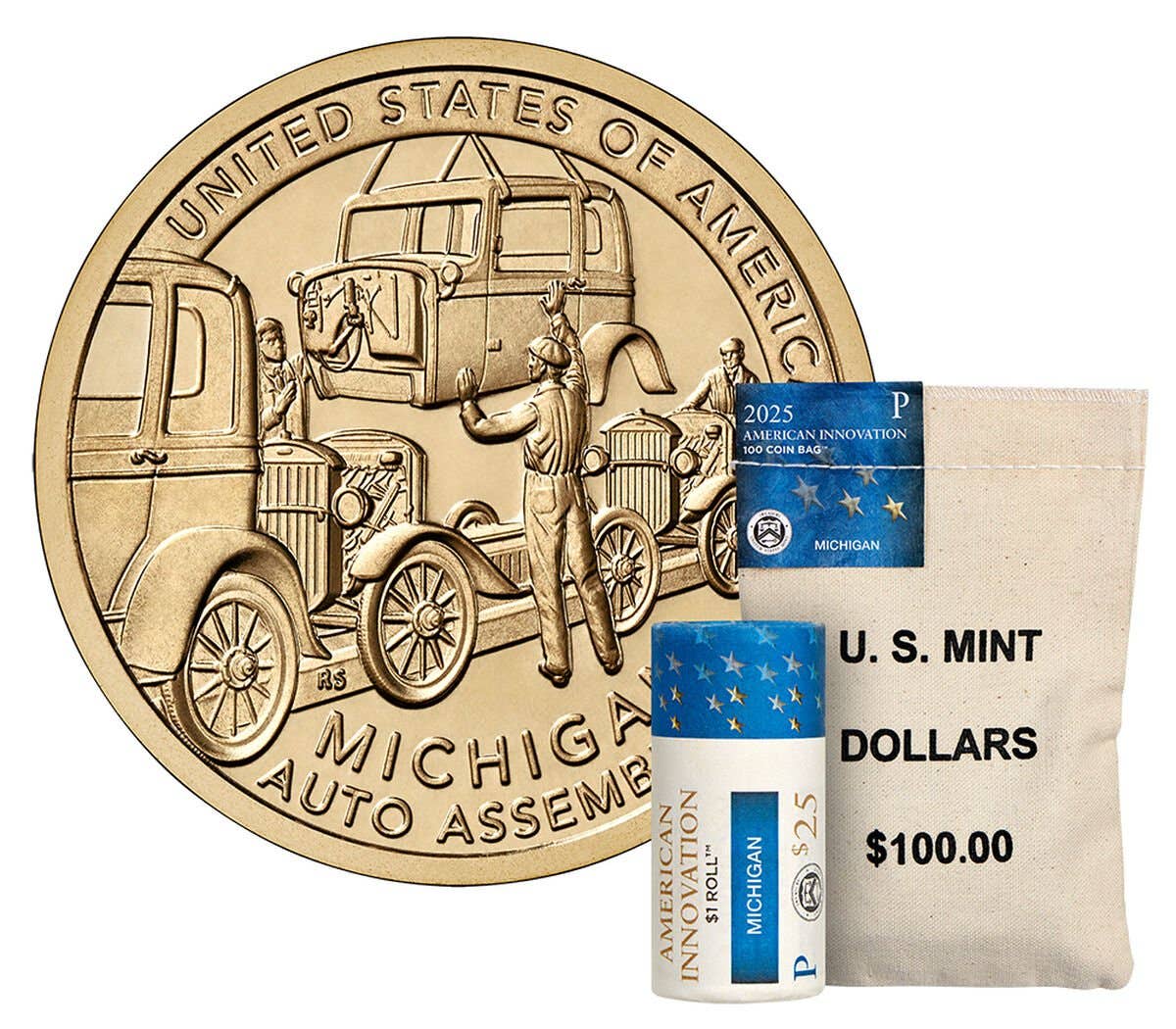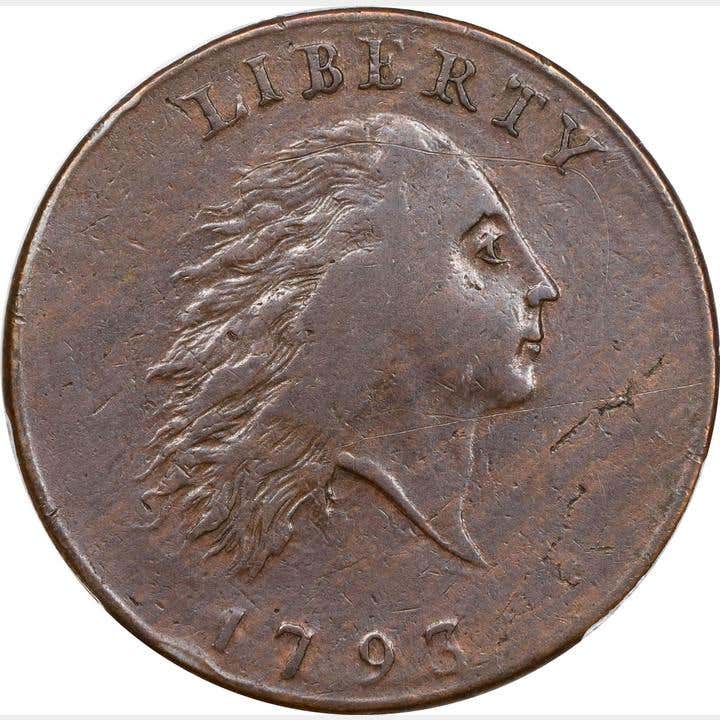Shining Proof Half Dollars with Shining Price Tags
For quite a number of years, the fifty-cent piece was the largest circulating coin minted in the United States. In the twentieth century, and now in the twenty-first, there have also…
For quite a number of years, the fifty-cent piece was the largest circulating coin minted in the United States. In the twentieth century, and now in the twenty-first, there have also been plenty of years with silver dollars, or more recently with dollar coins devoid of any silver. But whether we are looking at a year in which the half dollar was top of the heap, or a dollar coin was, there is a long, hefty streak of years in which there were proof half dollars coined. Taking a look back at all these top-of-the-line halves might reveal for us some that qualify as wonderfully undervalued. Let’s see what we can find.
Kennedy Halves
The Kennedy half dollar is closing in on sixty years as a circulating coin, although most of us would be hard put to find one floating around in circulation. Producers of vending machines certainly don’t think the coin is worth using; and most cash registers don’t seem to have any place for them, which means we only seldom get them in change from some establishment. But the Mint still pounds them out every year.
For almost every year that the Mint has made Kennedy half dollars, it has made millions of proofs – the exceptions being the years 1965 – 1967 when “special Mint sets” were made and sold to collectors. The proofs always come as part of a set, so that makes them easy to collect not only proof Kennedy halves, but the entire set of proof coins for a year. Since the packaging for these has been very secure hard plastic cases for the past few decades, most of these have survived in high mint state grades, and the prices are routinely quite low.
A Second Kennedy Option
In 1992 the Mint got back into the game of producing proof coins in which the silver dime, quarter, and half dollar all really have the precious metal in them – the same fineness as that of circulating coins from 1964 and before. This means we have a second option when it comes to collecting these half dollars in a high proof grade. Once again, the number of sets made each year has been consistently high – at least over half a million annually – and that means there are some easy pickings when it comes to these sets. Even the silver 1992-S proof half, the oldest of the new, as it were, costs less than $25 in a grade as high as PF-68. That’s not too bad when we think about what we are getting.
Since we are talking high grades, perhaps a word or two is in order when it comes to buying proof Kennedy half dollars as single coins. Any solo proof will be one that was broken out of a set. That is not necessarily a bad thing, especially if it has then been encapsulated by some reputable third-party grading service. When buying any proof coin in a grade such as PF-68, or PF-69, or even the very top of the line PF-70, it is wise to go for that encapsulated coin, since the slab means at least three other folks have agreed on the grade. Importantly, it also prevents any rude awakenings should we later choose to sell.
Whether we buy proof Kennedys as single coins, or go for a date run of proof sets, or opt for the silver version, it is neat to know that there are some amazingly low prices for a set of amazingly good-looking coins.
Franklin Halves
Moving backwards a bit in time, the next place we’ll land is among the Franklin half dollars. Quickly we will find that the Franklins have some years at the tail end of their run in which there are also plenty of proofs to be found. The year 1957 is the first of what we can call the modern proof sets in which more than one million sets were coined. Although that is more than sixty years past, the simple fact that these are proofs is an indicator that each piece has probably been handled with care over the course of time. Yes, there are some that might have been spent by a well-meaning but unknowing person. But for the most part, the proof Franklin half dollars are fifty-cent pieces that still look good.
One important fact about proofs from this long ago is that they were not packaged in the hard plastic, sturdy cases we are accustomed to today. The thin plastic sleeves they came in were easy to rip apart; and it seems that plenty of collectors did so, in order to put their proofs in the special books that were available. What that translates to today is a large number of proof Franklins that have been slabbed, and that are sold as individual pieces. This in turn means good news for any of us building a collection today. Any of these dates, from 1957 to 1963, in a grade such as PF-65, costs only about $35. Yes, extreme high-end pieces will cost more, but a PF-65 fifty-cent piece hardly qualifies as an ugly duckling. These are again beautiful coins with low price tags attached.
If we wish to slide back farther in time, we’ll find that from 1950 to 1956 the Mint produced proof sets and ramped the number up from 51,386 sets in 1950, to over 100K in 1953, and to over a quarter of a million the very next year. In this short span of years, only the 1950 and the 1951 tend to be costly for the modern collector. But even paying $400 for an example in PF-65 is not really all that expensive, all things considered. They are far less common than key coins like the 1909-S VDB Lincoln cent, or the 1916-D Mercury dime, and yet cost far less. Their prices aren’t trivial, but they’re not sky high either.
The Walking Liberty Design
The United States Mint did have a proof coinage program that spanned from 1936 to 1942, which means there are some Walking Liberty half dollars which we might consider adding to any growing collection of proof halves. The number produced for any of these seven years is downright tiny when we compare them to what is made today. For example, the 1936 saw only 3,901 produced, according to official records. The number had risen significantly by 1942, to a high for these years of 21,120 pieces. But still, that total is minuscule by today’s standards.
Since the Walking Liberty half dollar has been a favorite design of the collecting community for decades, and since the official production figures for each proof from 1936 to 1942 are so small, it’s logical to think these coins come attached to price tags that are close to the proverbial king’s ransom. Surprisingly, something like $500 can land us one of the more common dates – as Mr. Ripley often said, “Believe it, or not.”
Please note we did not make any claim that the 1936 proof Walking Liberty halves are also priced this attractively. This one proof, being both the least common and the oldest, does ring in at about $2,000 even in a PF-64 grade. But a person could make the argument that even this is far less than we might expect for a coin that saw only 3,901 ever produced.
The reasons that Walking Liberty half dollars can be as affordable as they are in the proof grades is probably a mixture of what we just said about the Franklins – that they have been well cared for – and a new factor – that people simply think they will be expensive, and therefore stay away from them. Right now, if we could land a 1940, a 1941, or a 1942 proof fifty-cent piece in just about any proof grade, it could easily become the crown jewel of a collection.
Further Back?
We could go back even farther, since there were proof Barber half dollars made as well, but since we have covered almost a century, let’s stop and recap. Virtually all the Kennedy half dollars are very affordable as proofs. Most of the proof Franklin half dollars don’t cost too much unless we opt for a piece in a grade such as PF-67. And even some of the proof Walking Liberty half dollars are inexpensive enough that we can claim they are undervalued. In short, it looks like there are a lot of great looking fifty-cent pieces to be had at some downright great prices.








